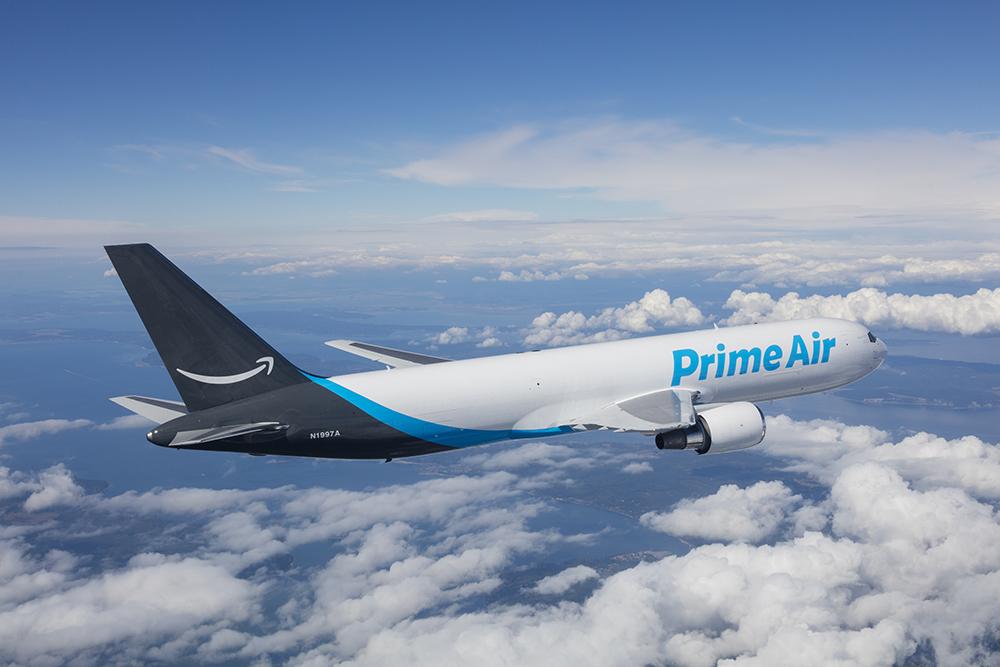
Demand for General Electric CF6-80C2 engine services has risen for the Boeing 747-400F and 767-300ER, but MROs are warning of higher costs due to material accessibility.
The CF6-80C2 is a reliable engine with a long history of service powering the 747, McDonnell Douglas MD-11 and Airbus A300, but these days it is mostly confined to 767s—specifically, 767-300ERs in the cargo market. On a global scale, MROs are reporting accumulating activity between 220-260 annual shop visits for those engines, according to observations at MTU Maintenance.
“We are expecting this trend to peak in the next three to four years,” anticipates Alistair Forbes, senior market analyst at MTU Maintenance. “The CF6-80C2 is a very reliable and predictable engine with very few unscheduled shop visits.”
Around 70% of 767 engine shop visits were GE-powered last year and this will rise to 85% by 2028, Forbes says. However, from 2030 onwards, he says these numbers will drop as the engine gets phased out.
“As the program ages, it gets harder to source materials and the associated shop visit costs also increase, but we are not there yet with the CF6,” says Forbes. He believes the engine still has a way to go before material becomes scarce in the market.
Meanwhile, GA Telesis CEO Abdol Moabery already sees a shortage of material to keep up with the quantities needed by engine MROs. He suggests that pre-COVID, OEMs did not anticipate the increase in demand, “So production of replacement parts was perhaps tied to a mature engine nearing retirement as opposed to one with a resurgence in demand,” says Moabery. “This has resulted in significant pricing increases for components.”
The GE-powered 767 is easily the most popular, with many still heading for cargo conversion. Aviation Week Network data shows that 15 767-300ERs have been converted so far this year, and 45 were converted in 2023.
“Cargo deliveries and conversions have outstripped passenger aircraft retirements, so the 767 CF6-80C2 fleet will be bigger in the next decade than it is today,” says Forbes.
Moabery says that, due to the engine’s maturity, it relies heavily on the used serviceable material (USM) market to make its cost per flight hour financially affordable for airline operators. “The market has historically managed through equilibrium between the number of retiring engines and those operating so that there was plenty of USM available in the market.” However, as Moabery suggests, this is not currently the case.
He adds: “There is significant demand for replacement parts where there is no USM available. Consequently, there is demand for factory new parts, but those are not available either, resulting in surge pricing for USM.”
The CF6-80C2 has long enjoyed a leadership position in this market, but as feedstock dwindles, analysts are seeing a shift toward the Pratt-powered aircraft, at least for the cargo sector.
Moabery thinks the Pratt & Whitney PW4000 is also a great engine, and there are too few Rolls-Royce powered aircraft to count them as a viable alternative to either of the other two engines. “A key driver for the CF6-80C2 is the number of MROs globally that are available to perform maintenance,” he says. “We see at least two-fold over the PW4000 and perhaps five-fold over the Rolls-Royce platform.”
Accordingly, this provides operators with better options, and the result is ultimately lower operating costs because of the competitive landscape.





